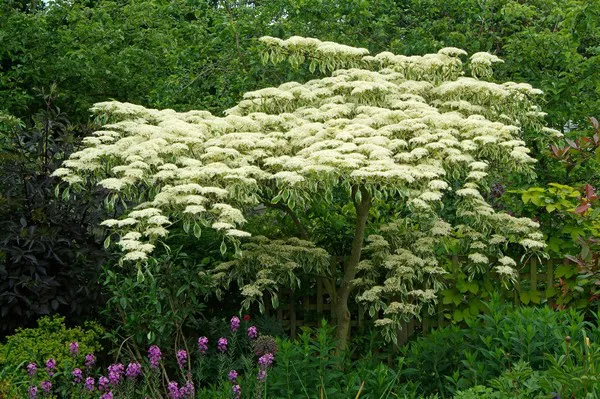Few flowers rival the stunning beauty of the hibiscus, with its vibrant colors and distinctive petals. However, coaxing these tropical beauties to bloom can be a bit of a challenge for some gardeners. Whether you’re a seasoned hibiscus enthusiast or just starting, this article will guide you through the art of getting your hibiscus to flower.
1. Choose the Right Hibiscus Variety
Before you can encourage your hibiscus to bloom, you need to select the right variety for your climate and space. There are hundreds of hibiscus species, but the two most common types are tropical and hardy hibiscus. Tropical hibiscus varieties thrive in warm climates, while hardy hibiscus is more suitable for cooler regions.
2. Sunlight Requirements
Hibiscus plants are sun lovers. Ensure they receive at least six hours of direct sunlight daily. If you’re growing them indoors, place them near a south or west-facing window to provide sufficient light. Inadequate sunlight can result in lush foliage but limited flowering.
3. Proper Watering
Proper watering is critical for hibiscus success. These plants prefer consistently moist but well-draining soil. Water deeply and regularly, allowing the top inch of soil to dry between waterings. Avoid overwatering, as it can lead to root rot, which inhibits flowering.
4. Fertilize Strategically
Hibiscus plants benefit from regular feeding during their growing season. Use a balanced, slow-release fertilizer with a higher phosphorus content (the middle number in the N-P-K ratio) to promote flowering. Apply fertilizer every 4-6 weeks from spring to late summer, following package instructions.
5. Pruning and Deadheading
Pruning plays a vital role in getting your hibiscus to flower. Regularly remove dead or yellowing leaves and spent flowers. This encourages the plant to direct energy toward new growth and flower production. Be careful not to over-prune, as this can reduce flowering potential.
6. Temperature Management
Hibiscus plants are sensitive to temperature fluctuations. They thrive in temperatures between 60°F to 90°F (15°C to 32°C). Avoid exposing them to cold drafts or sudden temperature drops, as this can stress the plant and inhibit flowering.
7. Pest and Disease Management
Keep an eye out for common hibiscus pests like aphids, mealybugs, and spider mites, as well as diseases like powdery mildew. Regular inspection and prompt treatment with insecticidal soap or neem oil can prevent these issues from stunting flower production.
8. Adequate Potting and Soil
If you’re growing hibiscus in containers, choose a well-draining potting mix suitable for tropical plants. Repot your hibiscus every 2-3 years to refresh the soil and encourage healthy root growth, which is crucial for flowering.
9. Timing and Patience
Hibiscus flowers follow a natural seasonal pattern. They tend to bloom more profusely in late spring to early fall. However, some varieties may bloom year-round. Be patient if your hibiscus doesn’t flower during the off-season, as this is entirely normal.
10. Consider Pruning for Shape and Size
Regularly pruning your hibiscus not only promotes flowering but also allows you to shape and control the size of the plant. Pruning can help create a more compact, bushy appearance and encourage more blooms.
11. Overwintering
If you live in an area with cold winters, you’ll need to overwinter your hibiscus indoors. Before bringing them inside, trim them back and inspect for pests. Place them in a bright, cool room, and reduce watering to encourage dormancy. When spring arrives, reintroduce them to outdoor conditions.
12. Addressing Specific Issues
If your hibiscus still refuses to flower, consider these potential issues:
Nutrient Imbalance: Soil lacking essential nutrients can hinder flowering. Conduct a soil test and adjust your fertilization accordingly.
Improper pH: Hibiscus prefers slightly acidic soil with a pH of 6.0 to 6.5. Adjust the pH if it falls outside this range.
Pot-Bound Roots: Root-bound plants may struggle to flower. Repot if the roots have outgrown the container.
Stress Factors: Evaluate if there have been recent stressors, such as repotting or harsh pruning, which may temporarily inhibit flowering.
Conclusion
Growing a thriving hibiscus and encouraging it to bloom is an art that combines proper care, patience, and a dash of science. By selecting the right variety, providing optimal conditions, and addressing specific issues, you can unlock the beauty of hibiscus flowers in your garden or indoor space. Remember, a well-tended hibiscus will reward you with its stunning blossoms for years to come.


